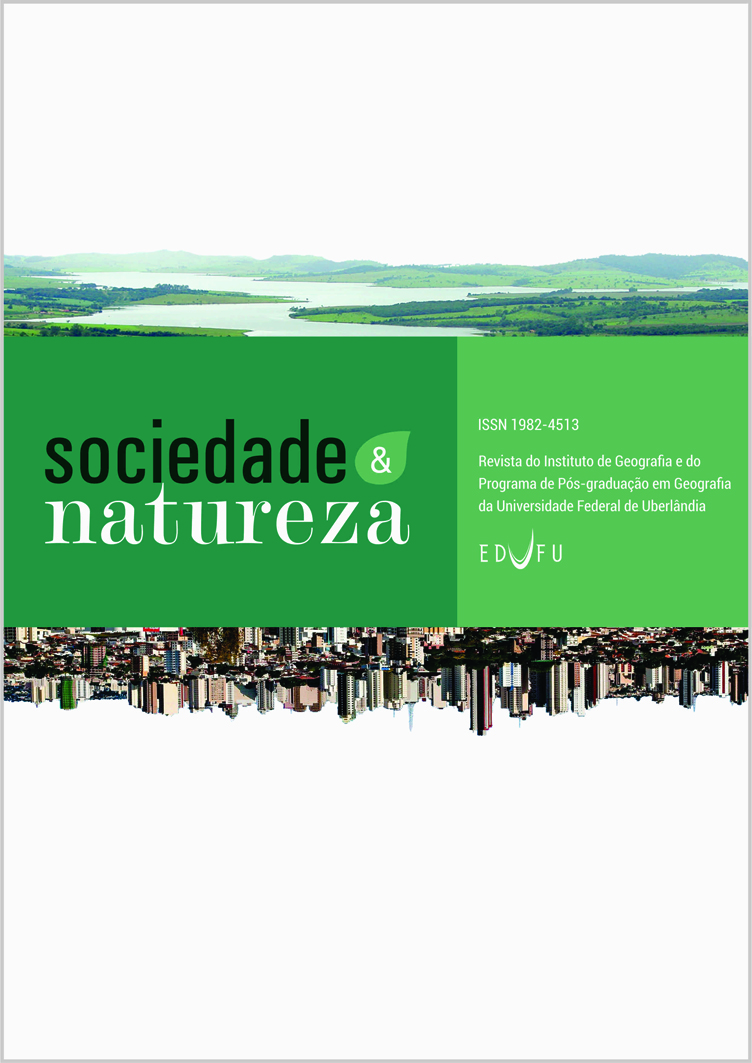Abstract
Climate change and glacial disasters directly affect the Andean periglacial populations in the environmental, social, economic and cultural spheres. Regional atmospheric warming is causing an increasing retreat of glaciers in the Cordillera Blanca, Peru. The melting of these glaciers causes, among other consequences, the formation of new glacial lagoons and an increase in volume of the pre-existing lagoons; both phenomena increase the possibility of glacial disasters. Thus, this paper reports an investigation of perceptions and adaptations to climatic change and glacial disasters in the Cordillera Blanca, Department of Ancash, Peru, through the ethnographic method with the campesino communities of Vicos and Humacchuco; this method included observations and semi-structured interviews with managers and campesinos. The measures adopted by the managers are, predominantly, engineering to reduce disasters, such as increasing of dike sizes and lagoon drainages. The retreat of the glaciers, as noted by the campesino communities themselves, is the main perception of the impacts of climate change. We suggest that the choice of safe places to live in campesino communities is the main strategy of adaptation and is related to an ancestral ethnoknowledge. The reterritorialization of sites susceptible to glacial disasters is not only due to the need to have a place (to plant, to live), but is also due to the topophilic feelings formed by the affective link between a person and a place. There is a central and structural issue that adds to these problems: the development model prevailing in Peruvian postcolonial society tends to complicate possible strategies for adapting to climate change in the Andes.
Authors hold the Copyright for articles published in this journal, and the journal holds the right for first publication. Because they appear in a public access journal, articles are licensed under Creative Commons Attribution (BY), which permits unrestricted use, distribution, and reproduction in any medium, provided the original work is properly cited.

